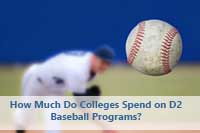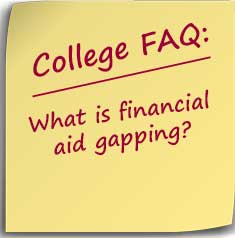 A financial aid gap occurs when a college’s financial aid award for a student doesn’t meet the student’s financial need as defined by the college. This unmet need is referred to as the gap.
A financial aid gap occurs when a college’s financial aid award for a student doesn’t meet the student’s financial need as defined by the college. This unmet need is referred to as the gap.
Gapping became a verb as some colleges have earned a reputation for failing to meet student need, especially students admitted with qualifications placing them in the middle to bottom of the class. Students in the bottom quarter of a class in terms of qualification are always at risk of being gapped with the exception of the most competitive institutions that meet 100% of need.

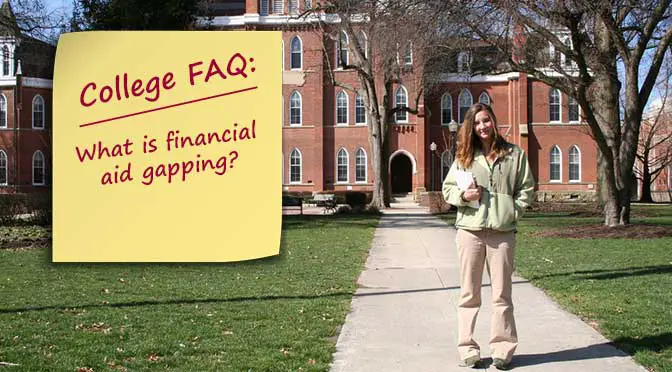
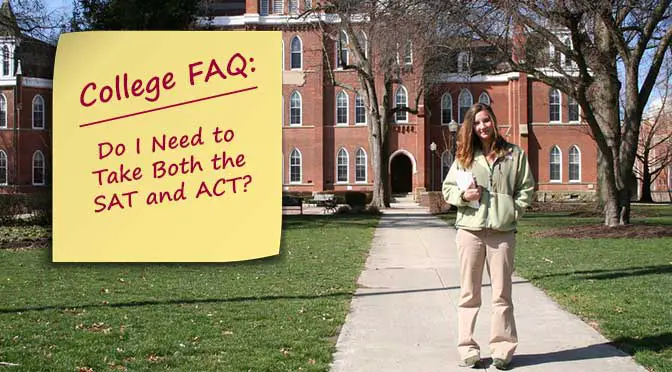
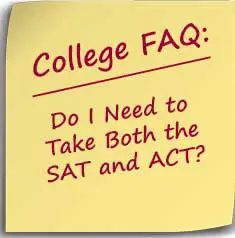 No. All four-year colleges accept both tests. Both the SAT and ACT provide
No. All four-year colleges accept both tests. Both the SAT and ACT provide 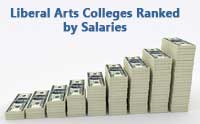 Evaluating
Evaluating 